- What is the difference between LinkedList and ArrayList? When is it preferable to use a LinkedList?
I think every Java developer has heard this question at interview at least once.
- Linked list is preferable if you want to be able to insert items in the middle of the list.
It is a common answer to this question. Everybody knows it. Every time you ask a question about the difference between List implementations you get such answers as:
When should I use LinkedList? When do you need efficient removal in between elements or at the start?
Forgot to mention insertion costs. In a LinkedList, once you have the correct position, insertion costs
O(1), while in an ArrayList it goes up toO(n)- all elements past the insertion point must be moved.
Linked lists are preferable over arrays when you want to be able to insert items in the middle of the list (such as a priority queue).
ArrayList is slower because it needs to copy part of the array in order to remove the slot that has become free. LinkedList just has to manipulate a couple of references.
And more...
But have you ever tried to reproduce it by yourself? I tried yesterday and got these results:
import java.util.ArrayList;
import java.util.LinkedList;
import java.util.List;
public class Test {
public static void main(String... args) {
final int MAX_VAL = 10000;
List<Integer> linkedList = new LinkedList<Integer>();
List<Integer> arrayList = new ArrayList<Integer>();
for(int i = 0; i < MAX_VAL; i++) {
linkedList.add(i);
arrayList.add(i);
}
long time = System.nanoTime();
for(int i = 0; i < MAX_VAL; i++) {
linkedList.add(MAX_VAL/2, i);
}
System.out.println("LL time: " + (System.nanoTime() - time));
time = System.nanoTime();
for(int i = 0; i < MAX_VAL; i++) {
arrayList.add(MAX_VAL/2, i);
}
System.out.println("AL time: " + (System.nanoTime() - time));
}
}
Output:
LL time: 114098106
AL time: 24121889
So what is it? Why does LinkedList suck so much? Maybe we should try the remove operation instead of add? Ok, let's try:
import java.util.ArrayList;
import java.util.LinkedList;
import java.util.List;
public class Test {
public static void main(String... args) {
final int MAX_VAL = 10000;
List<Integer> linkedList = new LinkedList<Integer>();
List<Integer> arrayList = new ArrayList<Integer>();
for(int i = 0; i < MAX_VAL; i++) {
linkedList.add(i);
arrayList.add(i);
}
long time = System.nanoTime();
for(int i = 0; i < MAX_VAL/2; i++) {
linkedList.remove(MAX_VAL/2);
}
System.out.println("LL time: " + (System.nanoTime() - time));
time = System.nanoTime();
for(int i = 0; i < MAX_VAL/2; i++) {
arrayList.remove(MAX_VAL/2);
}
System.out.println("AL time: " + (System.nanoTime() - time));
}
}
Output:
LL time: 27581163
AL time: 3103051
Oh, ArrayList is still faster than LinkedList. What is the reason? Was this myth busted? Or maybe I'm wrong?
